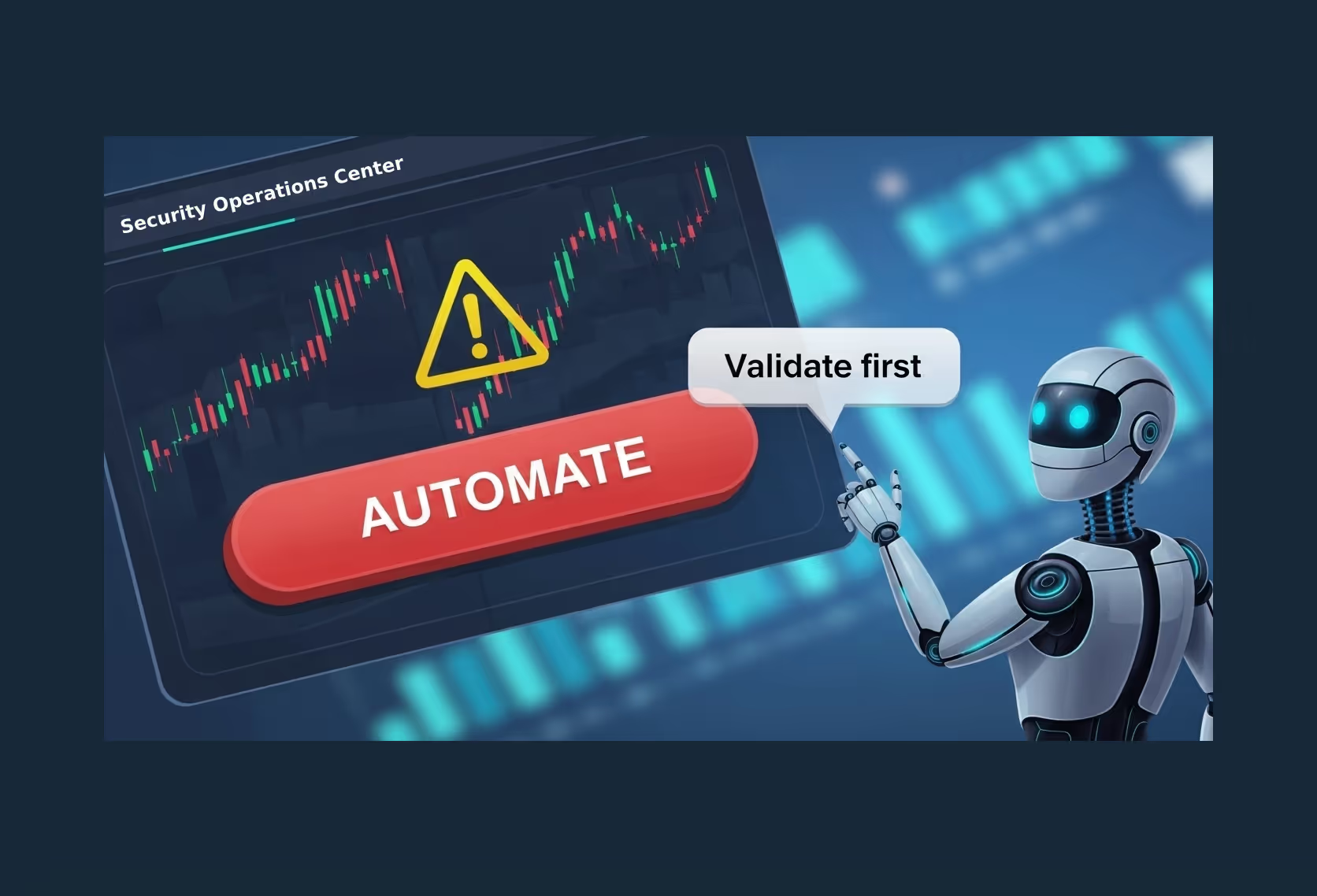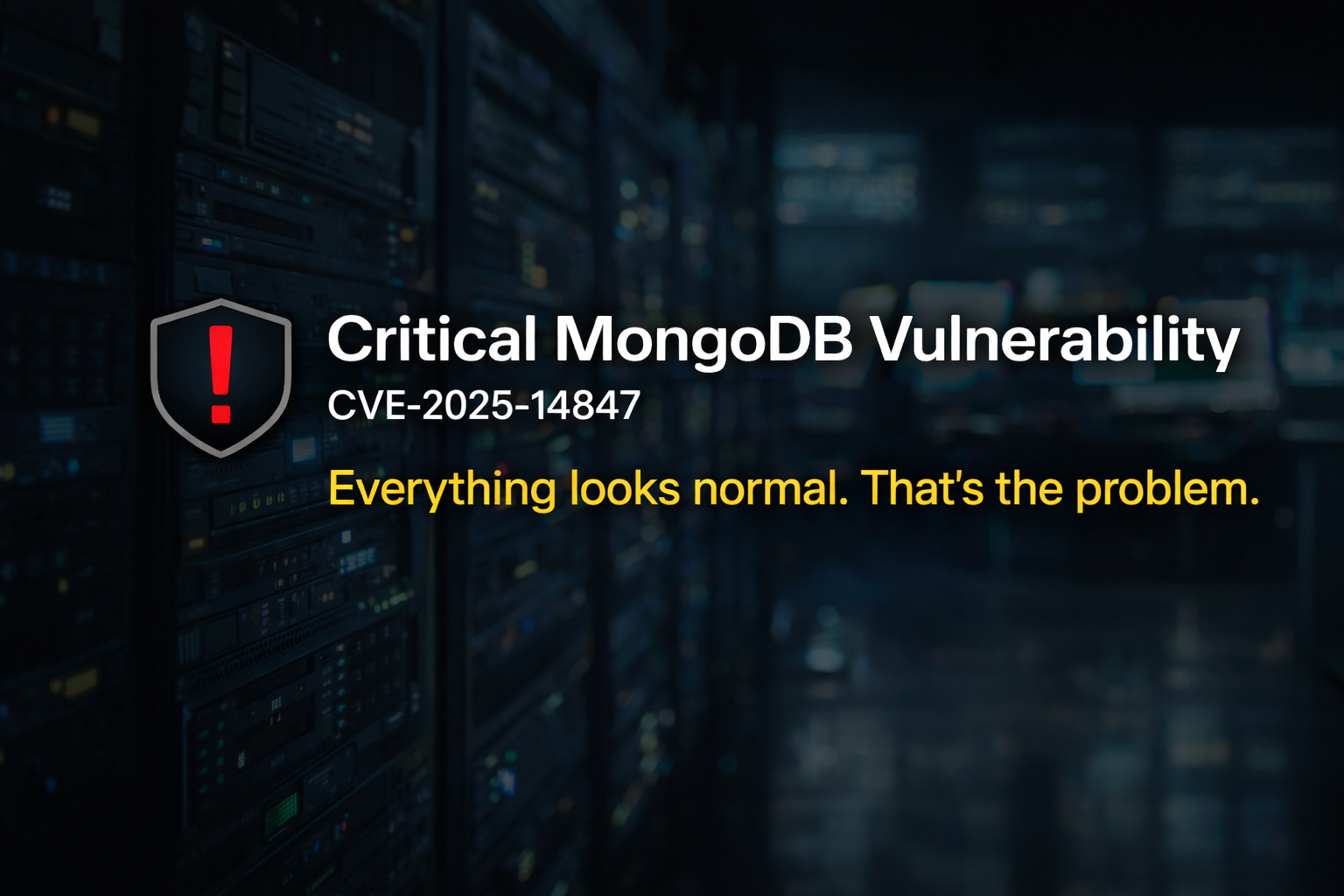From Playbooks to Intelligence in Your SOC

Why you may want to stop automating workflows before you validate the risk
Does this sound familiar? Your SOC is a bit overloaded. Alert queues never stop growing. Your Tier-1 analysts are burned out triaging, while Tier-3 teams spend their time firefighting. If so, what’s your response? Many are working towards a trending approach: automate what already exists.
That usually means automating playbooks.
Automate What You Already Do? Or Rethink What Needs Doing?
Many modern AI security solutions focus on automating SOC workflows (triage, enrichment, case assignment, remediation) through predefined playbooks. You can, of course, optimize your SOC by automating playbooks for enrichment. Playbooks for escalation. Playbooks for ticket creation and assignment. That’s a good strategy, but do playbooks assume the threat is real?
They trigger based on alerts. They move data around. They assign cases. They escalate. But are they able to answer or even ask fundamental questions?
- Is this alert actually a threat?
- Is it exploitable in my environment?
- Do existing controls already mitigate it?
- Does it require action?
Because if you don’t know those answers, automating a workflow accelerates your noise issue, but how does it work to reduce it?
This is why companies should look more closely at AI-native platforms that think first, then move faster by starting with raw telemetry, simulating the threat, validating whether it’s exploitable in their environment, and then deciding whether to act and how.
That’s where we’re deviating from automating process to reasoning through risk.
Faster Alerts or Fewer Alerts?
Issues we’ve seen in many security operations programs are less about the speed of execution and more about the accuracy of validation.
Automated response is much needed; however, we should first validate whether the response is even necessary. That’s where modern AI Analysts come in.
These agents simulate attacker behavior in a real-time digital twin of your environment. They understand network paths, identity exposure, compensating controls, and workload risk. They use this reasoning to validate whether an alert represents a true threat. Then they execute rules.
They don’t stop at “this matches a signature.”
They dig deeply into: “Can this be exploited here, right now, and how far can it go?”
And if the answer is yes, they take action, suppressing false positives, tuning controls, and escalating with full context.
This is the difference between automation and agentic analysis.
Automating playbooks is great when the path is clear. But most alerts arrive with ambiguity. Most threats hide in the gray areas. You can bring on AI to automate what you already know, but if you want to reduce noise and focus your analysts, you should bring on AI that helps your team do what they don’t have time or visibility to do manually.
Here’s how to start making that shift, both at the tactical and strategic levels:
What This Looks Like in Practice
If you’re a SOC leader, here’s how to start moving beyond playbooks and into validated AI-driven operations:
- Ingest and normalize your telemetry across SIEM, EDR, CSPM, and vulnerability scanners into a unified semantic layer.
- Deploy AI Analysts that operate within a live digital twin of your environment. This includes real-time topology, identity relationships, asset exposure, and compensating controls.
- Simulate attack paths based on your real environment and validate exploitability before escalating to humans.
- Automate tuning of controls for workflow ticketing, but also adjusting SIEM rules, reclassifying CVEs, or suppressing irrelevant alerts.
- Move from manual triage to autonomous reasoning: AI Analysts triage first, so your team only sees real, validated threats.
No rip-and-replace unless you ask for it. Just AI working on top of your existing security stack.
The Strategic ROI of Agentic AI
If you’re a security leader and under pressure to show impact to the board or justify spend, this shift is operationally strategic.
- Cut through alert noise by validating threats before triage.
- Lower your exposure window by simulating and acting in real time.
- Extend your team’s impact without adding headcount.
- Demonstrate security ROI with measurable outcomes:
- 95% false positive reduction
- 80% faster time to response
- 60% reduction in active attack paths
Agentic AI shouldn’t just automate what you already do. It should take on what your team doesn’t have time, context, or scale to do manually, and to prove it, step by step.
So don’t start with your playbooks.
Start with AI analysts who never sleep, reason through context, and only call your team when it’s real.
.png)

